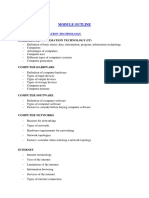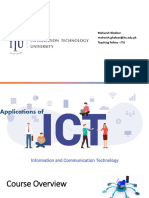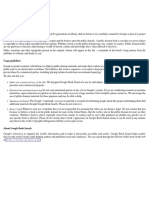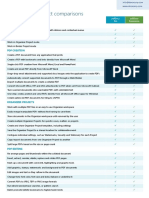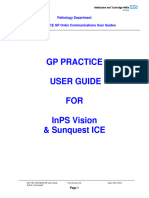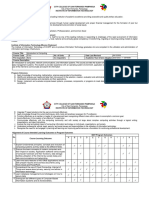0% found this document useful (0 votes)
71 views2 pagesICT Content
The GEC-523 course focuses on the practical applications of Information and Communication Technology (ICT) across various domains, providing students with hands-on experience in software tools. By the end of the course, students will understand fundamental ICT concepts, apply various platforms to address daily needs, and recognize ethical considerations in ICT use. The syllabus covers topics such as productivity tools, ICT in education and health, online finance, and digital etiquette.
Uploaded by
saqibjatt1208Copyright
© © All Rights Reserved
We take content rights seriously. If you suspect this is your content, claim it here.
Available Formats
Download as PDF, TXT or read online on Scribd
0% found this document useful (0 votes)
71 views2 pagesICT Content
The GEC-523 course focuses on the practical applications of Information and Communication Technology (ICT) across various domains, providing students with hands-on experience in software tools. By the end of the course, students will understand fundamental ICT concepts, apply various platforms to address daily needs, and recognize ethical considerations in ICT use. The syllabus covers topics such as productivity tools, ICT in education and health, online finance, and digital etiquette.
Uploaded by
saqibjatt1208Copyright
© © All Rights Reserved
We take content rights seriously. If you suspect this is your content, claim it here.
Available Formats
Download as PDF, TXT or read online on Scribd
/ 2












































